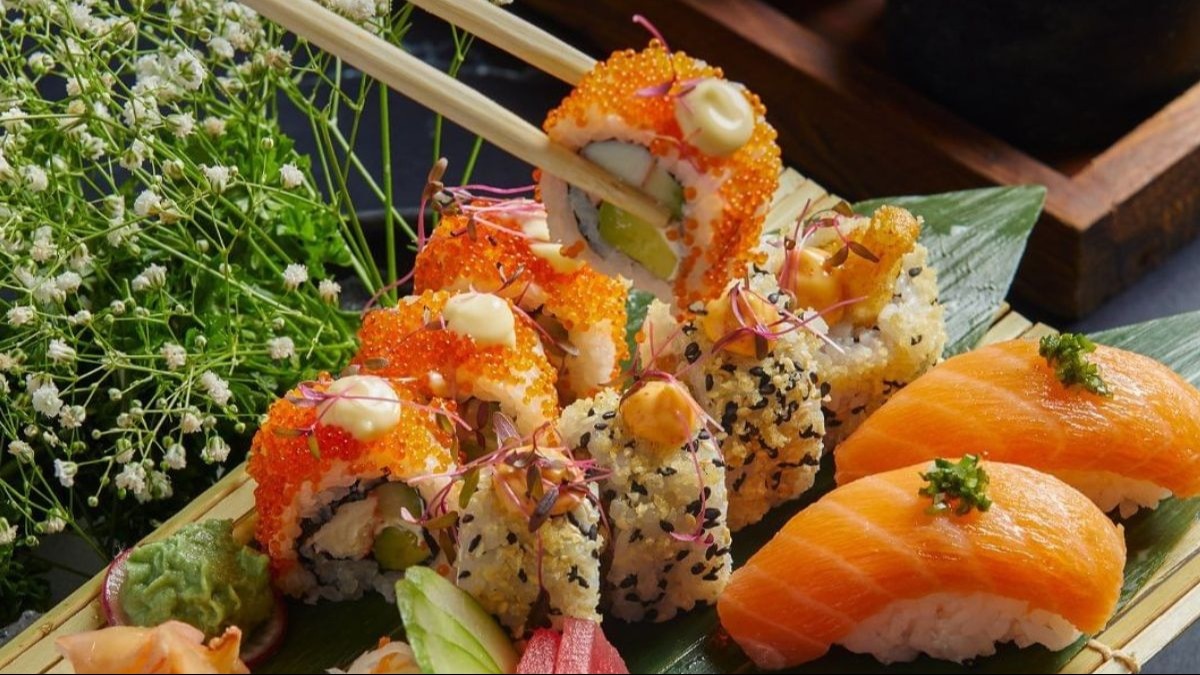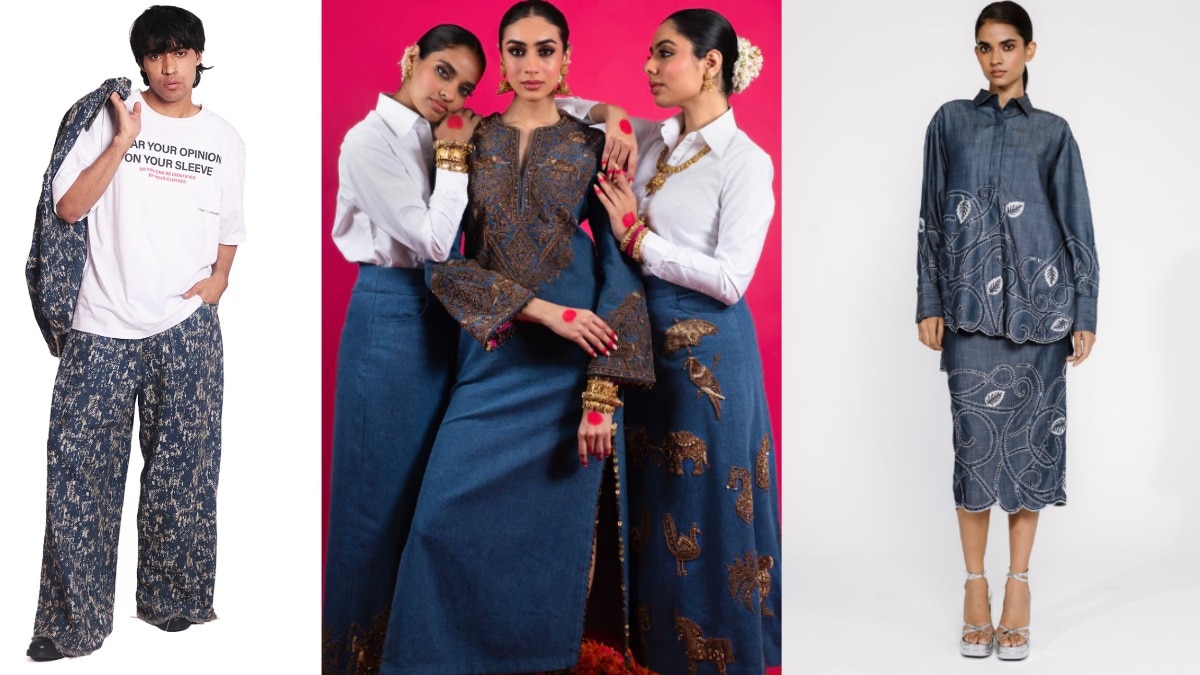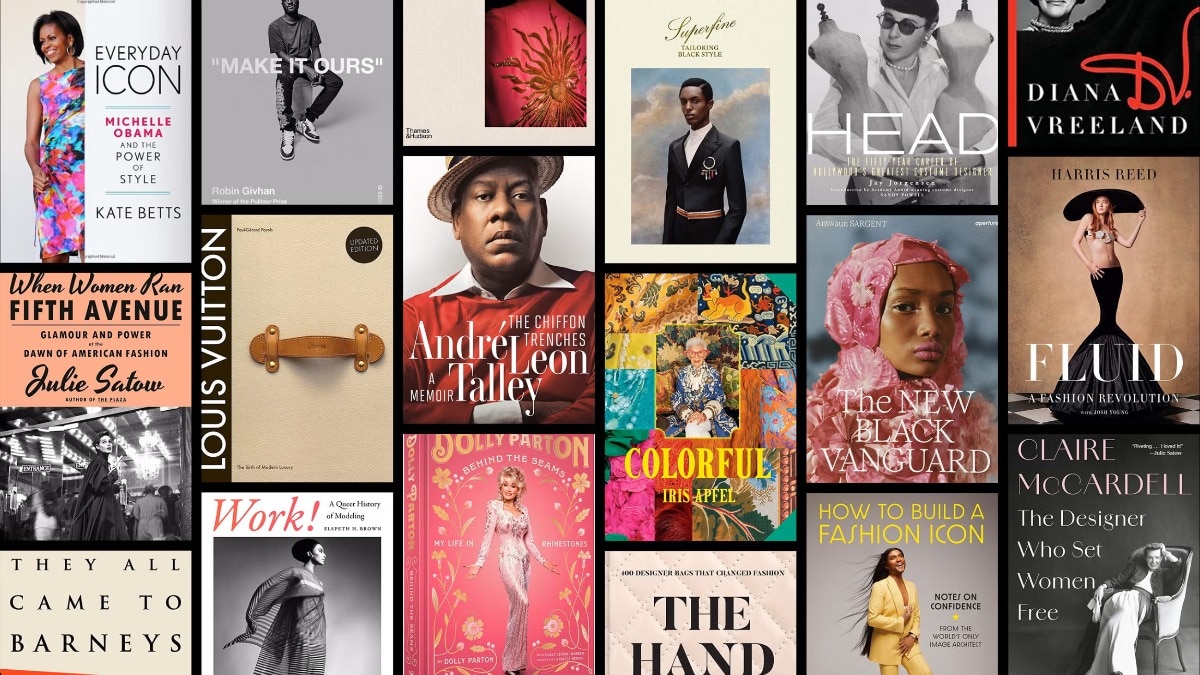Tracing the increasing popularity of pan-Asian cuisine in India
The wok is wok-ing.


“I’d rather have sushi for a Sunday brunch than any other food,” remarked a Gen Z, casually dipping prawn tempura into soy sauce. Honestly, it's not just them; today this sentiment resonates with many people across age groups. Tell us, a steaming bowl of ramen or a coconut-y Thai curry don't sound like a warm hug to you!
Indians have a deep-seated enthusiasm for food, largely owing to the diverse regional cuisines and cooking methods used across the country. Sure, we love and celebrate these local delicacies, our apetitte for global flavours and cuisines has only increased over the years, and we are here for it. Restaurants serving authentic Italian, Mexican, and Continental food dot the country, and of late, we (and people across the world) are obsessing over the pan-Asian cuisine. So much so that, this year, the number of pan-Asian restaurants in India has crossed the 750 mark, and with new establishments entering the vibrant food scene, this is only increasing. The question is: how did we get here?
It all began when…
In the past, ‘Asian food’ primarily encompassed Chinese, with dishes like hot and sour soup, Hakka noodles, chilli chicken, and spring rolls being a part of every menu. The evolution of Asian cuisine in the city can be traced back to Nelson Wang, the son of a Chinese immigrant and founder of China Garden, one of the two popular Chinese restaurants along with Royal China.
Today, however, ‘pan-Asian’ encompasses a large number of cuisines beyond Chinese. Asian, Malaysian, Korean, Vietnamese, and Japanese, you name it! These culinary influences have found their place in this diverse panorama, contributing to the richness of pan-Asian cuisine in the country. Here's why we think the pan-Asian craze is sweeping everyone and will continue to for a logn time to come.
Openness to trying new flavours
Krishna Tamang, founder of Goh Jia Ting, asserts, “The pan-Asian food trend owes its momentum to millennials and Gen Z, who are renowned for their receptiveness to new experiences and adventurous culinary preferences.” The evolving landscape of food consumption, particularly among the younger generations, reflects an openness to diverse experiences, be it with brands, places, or notably, food.
Consider sushi. When the first few Japanese restaurants cropped up in the country, they were thronged by the younger demographic, who were curious, eager, and unafraid to experiment. It's this shift and openness to try new things has largely contributed to the popularity of the cuisine. Not to say the older generation was untouched by the phenomena; they were only few and far between.
Food influencers are a driving force
Tamang notes that in today’s dining scene, with their recommendations and reviews, influencers are looked upon as trusted advisors. They foster a sense of community around various cuisines, and to an extent, drive the shift and enthusiasm for the particular foods. Imagine scrolling through your Instagram feed and seeing your favourite content creator relishing a piping hot curry; it is enough to capture your attention and encourage openness to experiement. Do you remember the last time a novel dining spot or culinary experience endorsed by a famous content creator not spark your interest? The dynamics of culinary exploration have been reshaped by the impactful storytelling and recommendations provided by food influencers on social media platforms.
The cooking methods align with people’s changing food preferences
In today’s time, the nutritional value of a meal holds significance and dictates people's food choices to a large extent. Chef Vadim Shin from Yazu emphasises that pan-Asian cuisine is considered to be a healthier alternative to many foods, especially in the UK. He highlights the use of fresh ingredients and cooking techniques like steaming and stir-frying, combined with lean protein choices, making it a naturally healthier option. Take, for instance, Vietnamese pho, dumplings, or sushi, where the cooking methods involve boiling, steaming, stir-frying, or grilling; these approaches are commonly associated with healthier culinary practices across the world.
Indians are travelling more than ever
In recent years, travel has taken prominence for Indians, leading to a surge in their exploration of various destinations, and by extension, theit local cuisine. These experiences, to an extent, result in the integration of global culinary delights and cooking styles into their daily routines back home. The enthusiasm to embrace new culinary adventures, coupled with convenient travel options, undoubtedly plays a significant role in the rising affection for pan-Asian food among Indians.
The pop culture influence, of course
The notion that art imitates life holds true, especially in the surge of influence from K-dramas, K-pop, and anime cultures. These cultural phenomena are experiencing unprecedented popularity. Engaging with a Korean drama, for instance, introduces viewers to an entirely new cultural realm, and it doen’t just end with passive consumption, it leads to genuine influence.
Whether we credit the craze for pan-Asian cuisine to cultural influences, food bloggers, or the innovations of restaurateurs, it has found a place in our hearts. So, here’s to the enduring reign of Asian culinary excellence—long live the Asian streaks.
Also read: 7 new Asian restaurants across India to get your sushi and curry fix at
Also read: Dive into these curated menus for a soul-warming dining experience










